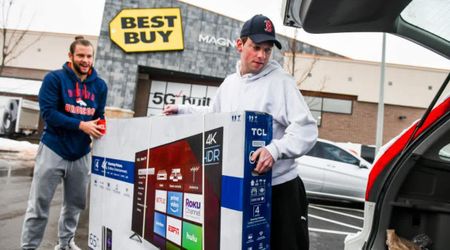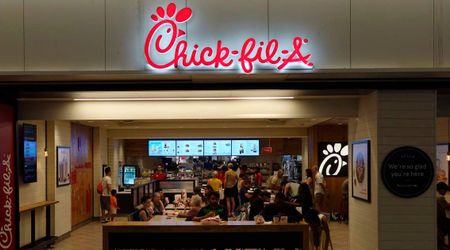Don’t miss the June 30 deadline for student loan forgiveness; All you need to know

The Biden administration's student loan forgiveness is coming to an end and the deadline for student loan consolidation is approaching as well.
The Department of Education has been reviewing all the past payments for borrowers since May 1 as part of the one-time program that will help categorize the payments that will count towards forgiveness programs, such as income-driven repayment plans like SAVE and the Public Service Loan Forgiveness Program.
Now, if you have a federal student loan that is not eligible for any forgiveness program, you can try consolidating it into a new direct program which could help you get the debt relief. You can apply for that till June 30.
Many students have multiple student loans and are enrolled in an income-driven repayment plan. This means they are on multiple different timelines to forgiveness. Depending on their plans, the borrowers can get their remaining debt canceled after 10, 20 or 25 years.
The U.S. Department of Education's June 30 deadline is important because borrowers who submit their applications by then would become eligible to receive credit for past years of repayment, which was not included earlier, via CNBC.
This adjustment will help borrowers who took out federal student loans before 2010 called Federal Family Education Loans and also with two other types of loans.
The IDR Account Adjustment, one of the most successful of the Biden administration's student loan forgiveness efforts, has so far forgiven student loans worth $51 billion from more than a million borrowers.
How Can Combining Loans Lead to Relief?
Currently, half of the borrowers who are 60 and above are repaying their student loans for more than 15 years, which is one of the many reasons why the debt has skyrocketed in the last few years.
The department is reportedly doing this to remedy years of administrative failure that effectively denied the promise of loan forgiveness to certain borrowers, as per Education Secretary Miguel Cardona's 2022 press release.
If you are somebody who has been making payments for 20-25 years and qualifies for an IDR plan, your entire balance will be forgiven automatically. For others, merging loans can be a lot easier to keep track of, in turn resulting in regular payments.
In order to meet the June 30 deadline, borrowers must submit application to consolidate their loans, that is, merge them. For some, this consolidation may make no sense while for many others meeting this could be life-changing.
Moreover, there is no need to worry about interest rates spiking in most cases as the Consolidation Loan’s interest rate will be based on a weighted average of the loans and will be rounded up to the next 1/8th of 1%, according to Federal Student Aid.
Having said that, borrowers who have nondirect federal student loans may not be eligible for forgiveness programs.
"Consolidation increases the number of payments that count toward forgiveness and synchronizes your forgiveness date," Mark Kantrowitz told CNET.
It's also important to note that if you have an FFELP loan, you might lose some benefits when consolidating. So if you do have a FFELP loan it is wise not to merge it with the rest. However, in most cases consolidating loans is wise as it will not only fix the interest rate but also get you credit for your new Direct Loan starting with your earlier loan payment date.
You can fill out the application now at studentaid.gov/loan-consolidation. Note that once you apply, it may take up to 60 days to process your consolidation.




















